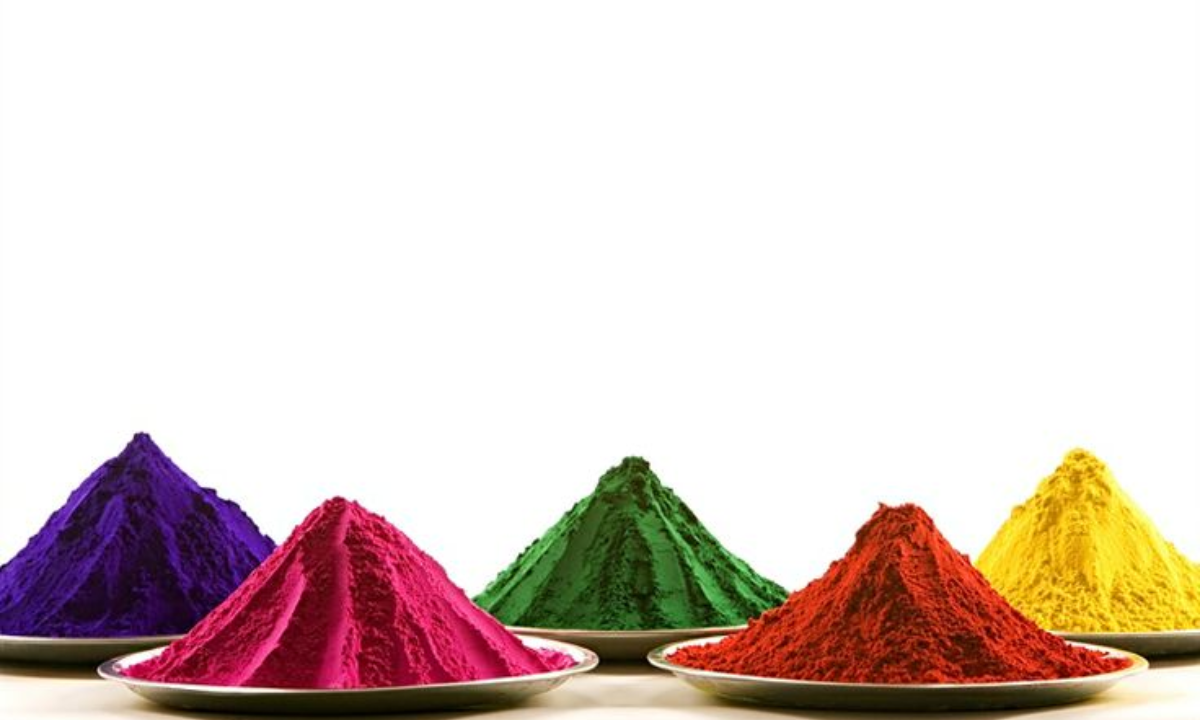Holi: Fagu Poornima, or Holi, the vibrant festival of colors, is currently underway with great jubilation in the hilly regions, including the capital city, today and tomorrow in the Terai region.
This festival, also known as the Spring festival, heralds the arrival of spring and the harvest season. The first day, called Chhoti Holi or Holika Dahan, commemorates the triumph of good over evil symbolized by the demise of Holika, marked by the lighting of bonfires and special Puja ceremonies to dispel malevolent spirits.
The following day, known as Dhuleti or Holi, is characterized by joyous revelry as people joyously smear each other with vibrant colors, including Abir or red vermilion powder.
Among Nepal’s diverse cultural celebrations, Fagu Poornima holds a distinct significance. People of all ages partake in the festivities with gusto. This revered festival commences on the eighth day of the new moon and concludes with the burning of the ‘Chir’, a symbolic ritual performed on the ensuing full moon day.
According to Hindu mythology, the festival commemorates the tale of demon king Hiranyakashyapu, who, displeased with his son Prahlad’s unwavering devotion to the God Vishnu, commanded his sister Holika to kill Prahalad. Despite Holika’s immunity to fire granted by a divine boon, she perished in flames while Prahalad remained unscathed under the protection of Vishnu’s blessings.
Since then, Holi has been celebrated with exuberant color play as a symbol of joy and the triumph of righteousness. Legend also holds that Vishnu warned Holika that her boon would lose its potency if used for nefarious purposes.
Elders believe that wearing “Tika” made from the ashes of the ‘Chir’ on one’s forehead or keeping it in the house can ward off negative omens and bring auspiciousness.





